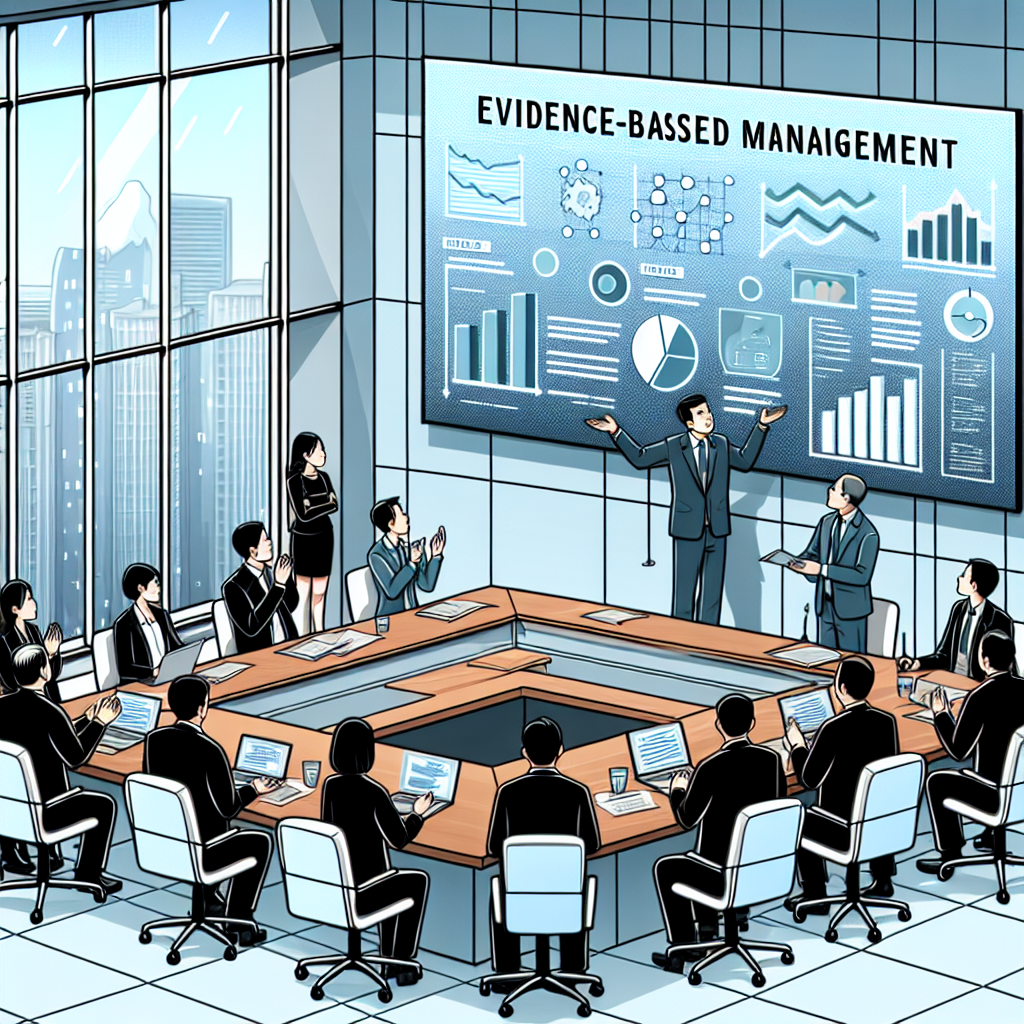Dealing with Problem People - How to Motivate Your Team Effectively
Welcome back to another episode of Continuous Improvement. I'm your host, Victor, and today we're going to talk about a crucial aspect of leadership - motivating challenging employees. Now, we all know that logical arguments and sales pitches may not always do the trick. So, how can we inspire our team members to motivate themselves? Let's dive in!
Many managers make the mistake of trying to impose solutions on their employees. But we must remember that everyone is different, with their own motivators, values, and biases. It's essential to understand that we can't change a person's nature. Instead, we should focus on eliciting answers from employees and helping them overcome their own motivational roadblocks.
So, how can we do this? It starts with shifting our perspective. Instead of seeing the employee as a problem to fix, we should see them as a person to understand. This means spending time and attention to truly grasp what matters to them. Casual conversations can reveal valuable insights into their world, uncovering their expectations, desires, and experiences.
Once we have this understanding, it's time to break free from rigid thought patterns. We need to consider all possible solutions and let go of preconceived notions. By reframing our objectives and identifying the root cause of dissatisfaction, we can find new ways to align with the employee's core interests.
Let me share a personal story to illustrate this point. In an IT consulting organization, my team and I worked tirelessly on a mobile app project for a Hong Kong airline. Despite facing poor upper-level project management, we pushed through to deliver the project on time. However, our efforts were met with criticism instead of recognition from senior management. As a result, many team members left for jobs that offered better financial incentives.
But here's where things changed. After I resigned, the company director reached out to me and genuinely listened to my concerns. He recognized my career ambitions and offered me a project perfectly aligned with my interests. That not only persuaded me to stay, but it also restored my motivation.
After deciding to stay, I took it upon myself to motivate my team to do the same. I sat down with each member, understood their concerns, and offered tangible incentives, such as free lunches and snacks. Studies show that rewards are more effective than punishments in motivating behavior. Positive reinforcement encourages employees to go above and beyond their usual responsibilities, resulting in greater efficiency and productivity.
As leaders, we must adopt a servant-leader approach that prioritizes the intersection of our team's passion and contributions. A 2014 Deloitte report revealed that a significant portion of the workforce is underperforming due to a lack of passion for their work. Now, more than ever, it's crucial for us to employ strategies that energize both individual team members and the group as a whole.
Addressing underperformance and clearly communicating that poor results don't necessarily lead to immediate dismissal can significantly boost morale. When people see a problem-solving culture, it fosters a healthier and more productive workplace.
And that brings us to the end of today's episode. Remember, to motivate challenging employees, it's all about inspiring them to motivate themselves. Listen, understand, and align their interests with the goals of the team. Thank you for joining me on Continuous Improvement. I'm Victor, and I'll see you in the next episode!


